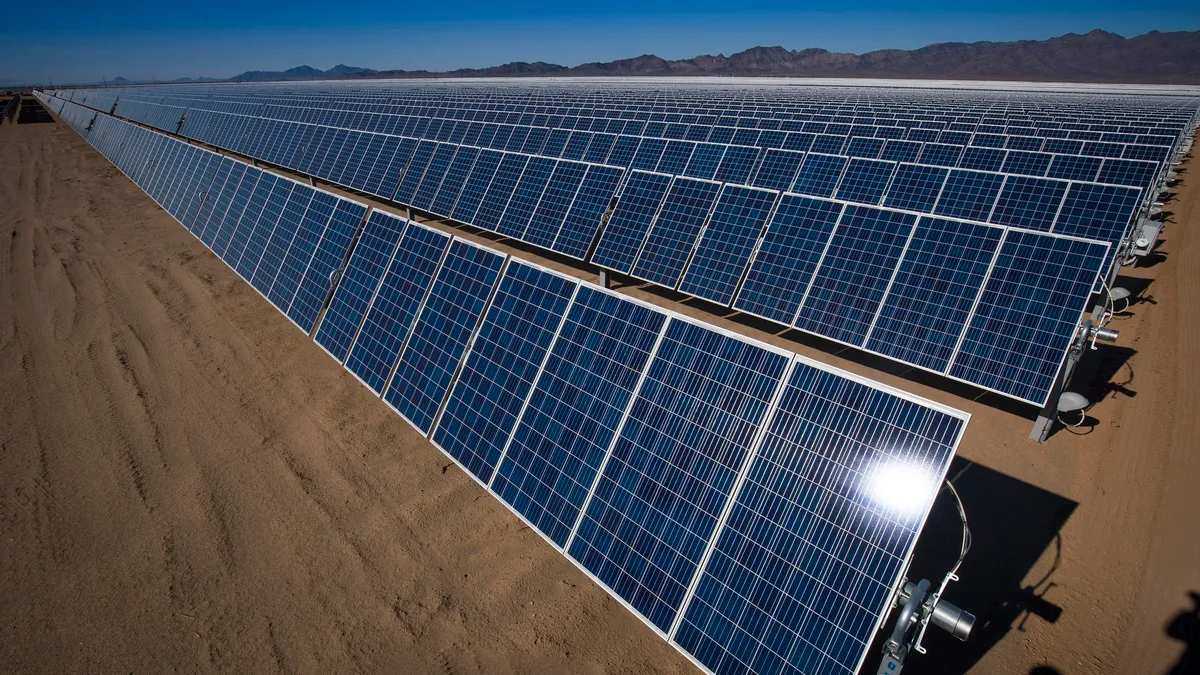The following is a contributed article by Sarah Ladin and Burçin Ünel, senior attorney and interim co-executive director, respectively, at the Institute for Policy Integrity.
Grid operators, states and stakeholders have spent much of this year debating wholesale market mechanisms aimed at reducing federal-state tensions and integrating state clean energy and decarbonization goals. But before Regional Transmission Organizations proceed with these reforms, stakeholders should consider whether and how the Inflation Reduction Act alters discussions around these kinds of mechanisms.
RTO efforts have focused on developing an efficient centralized market mechanism that can (1) help member states meet their policy goals, (2) address some of the jurisdictional tension (real or perceived) between those policies and wholesale markets, and (3) continue to ensure a reliable grid, all while keeping consumer costs to a minimum.
RTOs have explored various options, including a carbon price in the wholesale energy market, a Forward Clean Energy Market, and an Integrated Clean Capacity Market. ISO-NE, for example, published its Future Grid Pathways Study assessing the impact of different market pathways, including a net carbon price, a forward clean energy market, and a hybrid approach. PJM began holding meetings for its Clean Attribute Procurement Senior Task Force, bringing states and other stakeholders together to learn about and discuss potential wholesale market options.
But the IRA may remedy some of the problems these market reforms are intended to solve, rendering them less useful. While centralized mechanisms like a carbon price or clean attribute procurement market have been promoted as a way to address the federal-state tension between wholesale markets and state policies (and the money that flows to clean resources), the IRA may simply eliminate the issue by rapidly pushing down the price of state renewable energy credits, or RECs. Specifically, with an approximately $25/MWh production tax credit, developers in states where RECs are priced through competitive solicitation would be incentivized to significantly lower their bids. Consequently, REC prices would decline.
Federal-state tensions and aggressive solutions like an expanded minimum offer price rule revolve around the idea that state policy payments will lower capacity market prices (although we disagree with this premise). By leading to lower state-directed payments, the IRA may reduce any real or perceived tension between wholesale markets and state policies, and the need for other mechanisms to harmonize wholesale markets and state policies.
The IRA might also be sufficient to help some states meet their own clean energy and decarbonization goals without the need for a new regional procurement mechanism. It might even do so with limited emissions leakage given that all clean energy resources in all states are now eligible for tax credits. Furthermore, the IRA can accomplish all this without the jurisdictional concerns raised by stakeholders about whether FERC-jurisdictional RTOs can or should be in the business of clean attribute procurement.
Even the need for a carbon price in the energy market may be in question. One of the benefits of a carbon price compared to clean energy subsidies is its ability to differentiate between resources with different carbon intensities, incentivizing the exit of higher-emitting resources like coal first. But the IRA’s provisions become technology neutral in the future, such that natural gas plants could eventually qualify for tax credits by installing carbon capture technology. This small tweak compared to previous tax credits may allow for some of the differentiation that carbon pricing would provide.
What’s more, in light of the IRA, a procurement mechanism may make market outcomes inefficiently costly. Payments for clean attributes are efficiency-improving only when they are well designed to reflect the cost of the externalities the resources avoid, no more and no less. With the new revenue available to clean resources through the IRA, as well as existing state policy revenue, the uncoordinated provision of additional wholesale procurement revenue could result in total payments that are higher than the externality value, leading to socially uneconomic outcomes.
Even if market payments are not duplicative, stakeholders should consider whether the introduction of the IRA’s revenue changes the incremental value of creating an attribute market. While an RTO procurement market might have provided significant efficiency gains by creating a single centralized market when there was no unifying policy across state borders, those gains may be lower with the IRA also dispersing funds (and without competition). In other words, the IRA’s passage has changed the cost-benefit calculation.
Federal law supporting clean energy development is finally here. While more analysis is needed to understand the IRA’s effects on energy and capacity market outcomes and infrastructure planning, RTOs must examine the value and necessity of a clean procurement mechanism in this new reality. Stakeholders should consider whether the costs and legal risks continue to be worthwhile and, if not, focus on other reforms to better integrate new clean resources and facilitate a reliable energy transition.





















